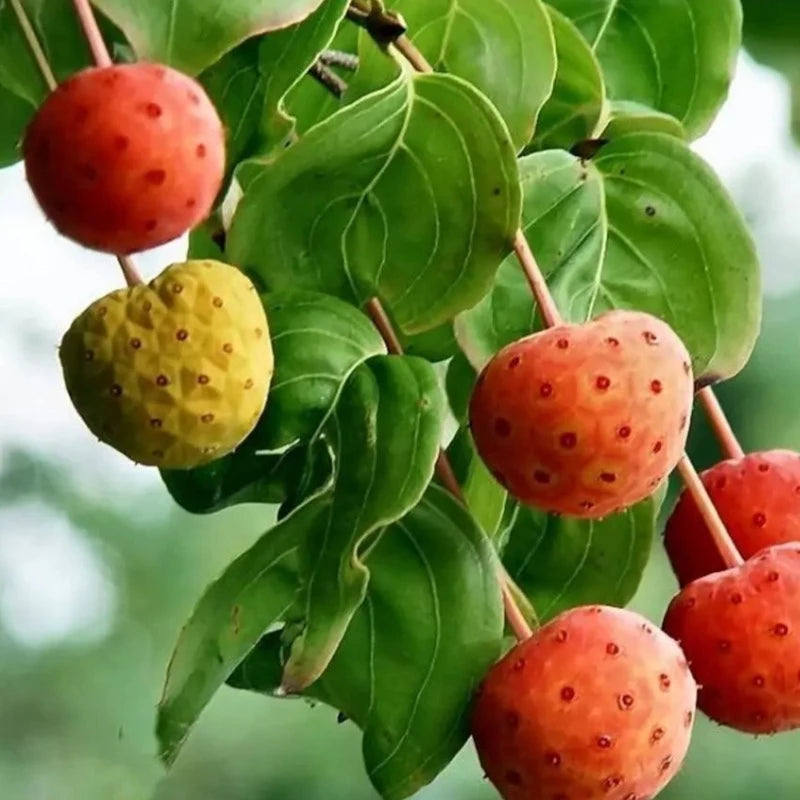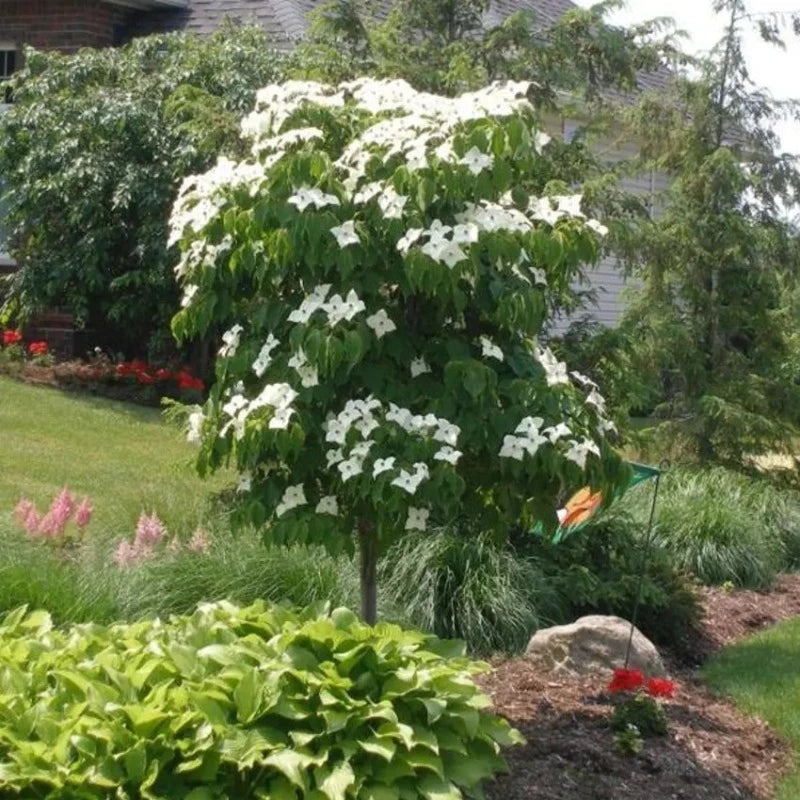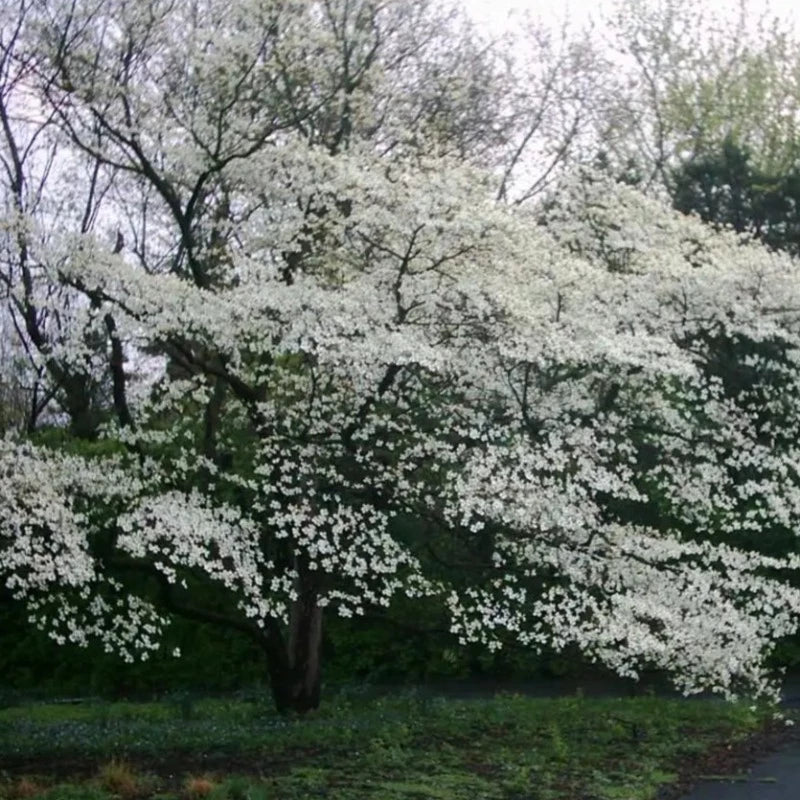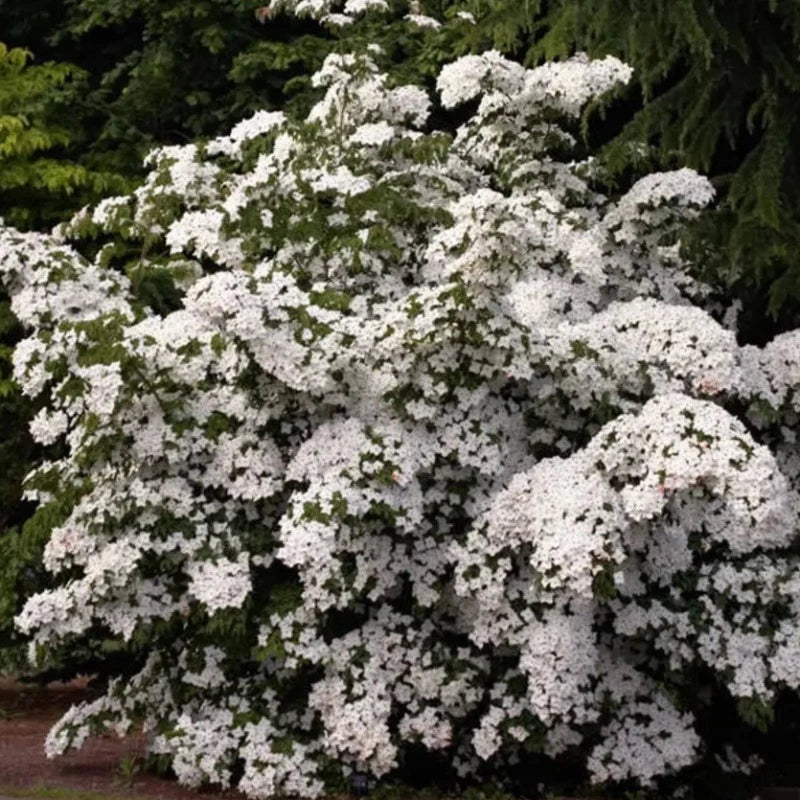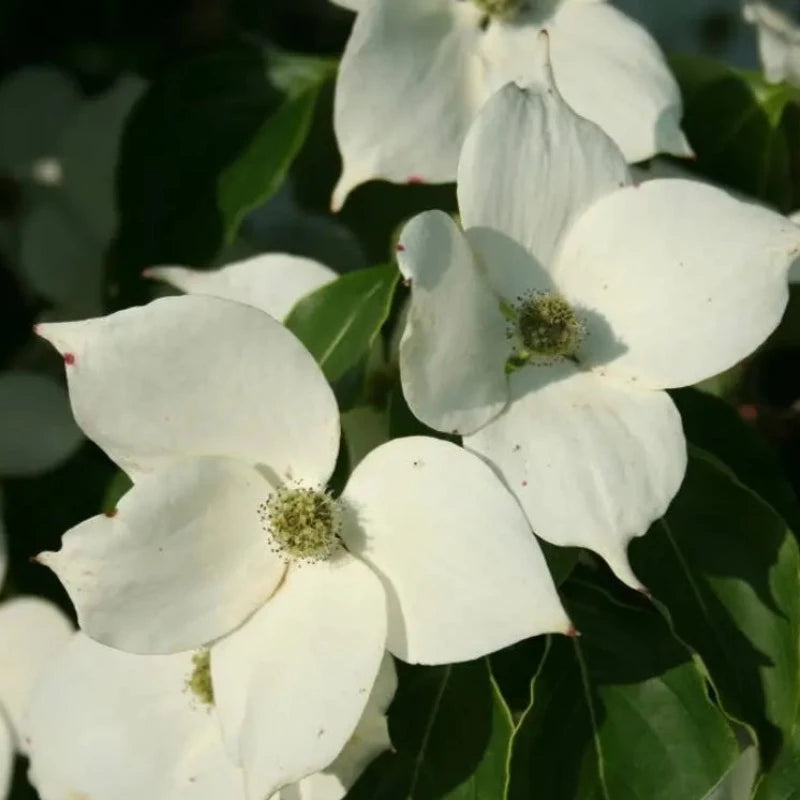- Historical context: The Kousa Dogwood (Cornus kousa) is a small, deciduous tree native to East Asia, including Korea, China, and Japan. It has been cultivated for centuries for its ornamental beauty and edible fruit.
- Geographical origination: East Asia, specifically Korea, China, and Japan.
- Relevant cultural significance: In Japan, the Kousa Dogwood is often planted in gardens and parks for its beautiful flowers and attractive fruit. It is also used in traditional medicine in some East Asian cultures.
- Time period of discovery: The Kousa Dogwood has been known and cultivated for centuries in its native regions. It was introduced to the Western world in the late 19th century.
- Original habitat: The Kousa Dogwood thrives in forest edges, open woodlands, and along stream banks in its native range.
- Notable historical uses: Historically, the fruit of the Kousa Dogwood has been used for food and traditional medicine in East Asia. The tree is also valued for its ornamental qualities.
- Ideal temperature range: The Kousa Dogwood prefers a temperate climate with temperatures ranging from 60°F to 75°F (15°C to 24°C).
- Soil type: Well-drained, slightly acidic to neutral soil with good organic content.
- Sunlight requirements: Full sun to partial shade. It performs best with morning sun and afternoon shade.
- Watering needs: Regular watering is essential, especially during dry periods. The soil should be kept consistently moist but not waterlogged.
- Planting season: Spring or fall is the best time to plant Kousa Dogwood seeds.
- Germination time: Germination can take several months, often requiring a period of cold stratification to break seed dormancy.
- Growth cycle duration: The Kousa Dogwood is a slow-growing tree, taking several years to reach maturity. It typically grows 1-2 feet per year.
- Common pests and diseases: Common pests include dogwood borers and scale insects. Diseases such as powdery mildew, anthracnose, and leaf spot can affect the tree.
- Companion planting advice: Kousa Dogwood can be planted alongside other shade-tolerant plants like hostas, ferns, and azaleas. Avoid planting near walnut trees, as they release juglone, which can be toxic to dogwoods.
- Common challenges and solutions: Challenges include susceptibility to pests and diseases. Regular monitoring and appropriate treatments, such as insecticidal soap for pests and fungicides for diseases, can help manage these issues. Ensuring proper watering and avoiding waterlogged soil can prevent root rot.
- Nutritional values: The fruit of the Kousa Dogwood is rich in vitamins, particularly vitamin C, and contains antioxidants.
- Health benefits: The fruit is believed to have anti-inflammatory and immune-boosting properties. It has been used in traditional medicine to treat various ailments.
- Culinary uses: The fruit can be eaten fresh or used in jams, jellies, and desserts. It has a sweet, custard-like flavor.
- Medicinal uses: In traditional East Asian medicine, parts of the Kousa Dogwood tree have been used to treat digestive issues, skin conditions, and other health problems.
- Other unique advantages: The Kousa Dogwood is highly valued for its ornamental beauty, with showy flowers, attractive bark, and vibrant fall foliage. It also provides habitat and food for wildlife, including birds and pollinators.
